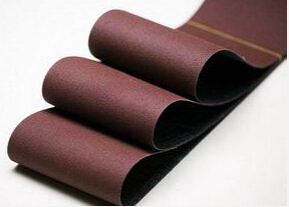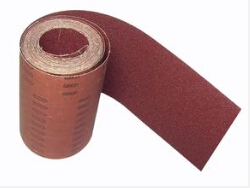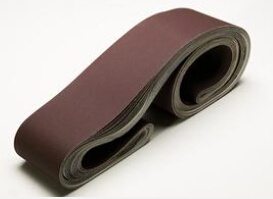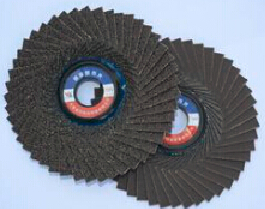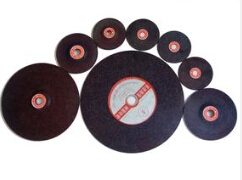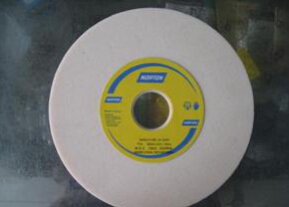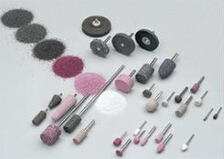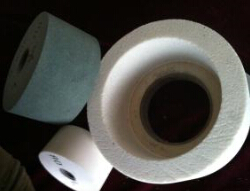Refractory Bricks Brief Introduction
Zhongsen Editor 2016-06-30Definition
Refractory materials are generally divided into two kinds, namely unshaped refractory and shaped refractory materials. Unshaped refractory is also called the castable refractory. It is powder material made from a variety of aggregate mixed with one or more binding agent. Shaped refractory generally refers to the refractory bricks, which shaped under the standard. It can also be processed according to the need.
Refractory brick is a kind of refractory materials fired by refractory clay or other refractory raw materials. Light yellow or brown. It is mainly used in building smelting furnace, which can withstand temperatures 1580 ℃ to 1770 ℃. According to the preparation method, it can be divided into the burnt brick, air brick, fused brick (fused cast brick), refractory insulating brick. According to the shape and size it can be divided into standard brick, ordinary bricks, tiles, etc. Other kinds of bricks can be used as high temperature materials and building materials in building kiln and various thermal technology equipment. Such as refractory clay bricks, high alumina brick, silica brick, magnesium brick, etc.
Features
Properties
1, Chemical composition: main composition determines the quality and characteristics of refractory materials
2, Volume density: High density in per unit volume means good compactness so the strength is likely to be high, but the coefficient of thermal conductivity may be higher.
3, Porosity, the manufacturer must control porosity strictly.
4, Refractoriness under load, also called temperature of heat load began to deformation, it shows ability of material to resistant to high temperature.
5, Thermal shock resistance: the ability of resistance to temperature changes rapidly and not damaged
6, Compressive strength: the ability of suffering from maximum pressure (room temperature).
7, Flexural strength: the ability of suffering from shear stress.
8, Line regulation: also called linear change or residual linear change, refers to volume expansion shrinkage change in the same temperature changes.
Physical and chemical properties
1, Abrasion Resistance
2, Thermal conductivity: under the unit temperature gradient condition, the heat flow rate through per unit area of the material, it is related to porosity
3, Impact resistance, good impact resistance signify long service life
4, Slag resistance: resistance at high temperature slag erosion without being damaged.
Classifications and Applications
1, High alumina brick: Al2O3 content is more than 75%. The refractoriness is higher than that of clay brick refractoriness, good acid and alkali erosion resistance, suitable for cement kiln calcining zone, with long service life but the price is high.
2, Dolomite brick: good hang kiln performance, good erosion resistance, but the brick contains f – CaO. It is hydratable, and difficult to transport and storage, less used in the production
3, Magnesite chrome brick: good hang kiln performance, used for calcining zone, the disadvantage is that thermal shock resistance is poor. And the hexavalent Cr is toxic, the countries produce and use of magnesite chrome bricks are gradually reduce.
4, Spinel brick: used for transition zone, seismic performance is good, reducing resistance is good, but the refractoriness is slightly worse.
5, Antistripping brick: this brick contains a small amount of ZrO, formed crack in the martensite phase transformation in the process of temperature, has strong alkali resistance, the antistripping resistance and slag resistance are better.
6, Phosphate brick: low refractoriness, but the intensity of heat shock resistance is good, more used in the gas cooler, the kiln head cover, etc
7, Carborundum brick: high temperature (1800 degrees, refractoriness under load in 1620-1640 degrees), small thermal expansion coefficient, thermal shock resistance and abrasive resistance are good, suitable for cooling zone and kiln mouth
8, Silicon mullite brick: good thermal shock resistance, high strength, good abrasion resistance, is suitable for transition zone.
Main Contents
1, Main content of acidic refractory material is silica. It is commonly used in silica brick and clay brick.
2, Main content of neutral refractory are aluminum oxide, chromium oxide, or carbon.
3, Main content of alkaline refractory material are magnesium oxide, calcium oxide, and it is commonly used for magnesium brick.
Raw Material
Refractory brick has a variety of raw materials, main pointed in the six categories: earth, stone, sand, mining, powder and other.
Raw material1, soil: aluminum soil, kaolin, clay, diatomaceous earth
Raw material 2, rock: fluorite, kyanite, andalusite, forsterite, vermiculite, mullite, pyrophyllite, chlorite, dolomite, sillimanite, magnesium aluminate spinel, silica
Raw material 3, sand: ceramic sand, zircon sand, quartz sand, magnesia
Raw material 4, ore: chrome ore
Raw material 5, powder: metal aluminium powder, silicon powder and silicon metal powder
Raw material 6, other: asphalt, graphite, phenolic resin, perlite, floating bead, theron, corundum, sulfuric acid silicon, silicon carbide, sodium silicate, silica sol, boron carbide, calcium aluminate cement, nitride materials, shale ceramsite, alumina, alumina sol, zirconium oxide, etc.

